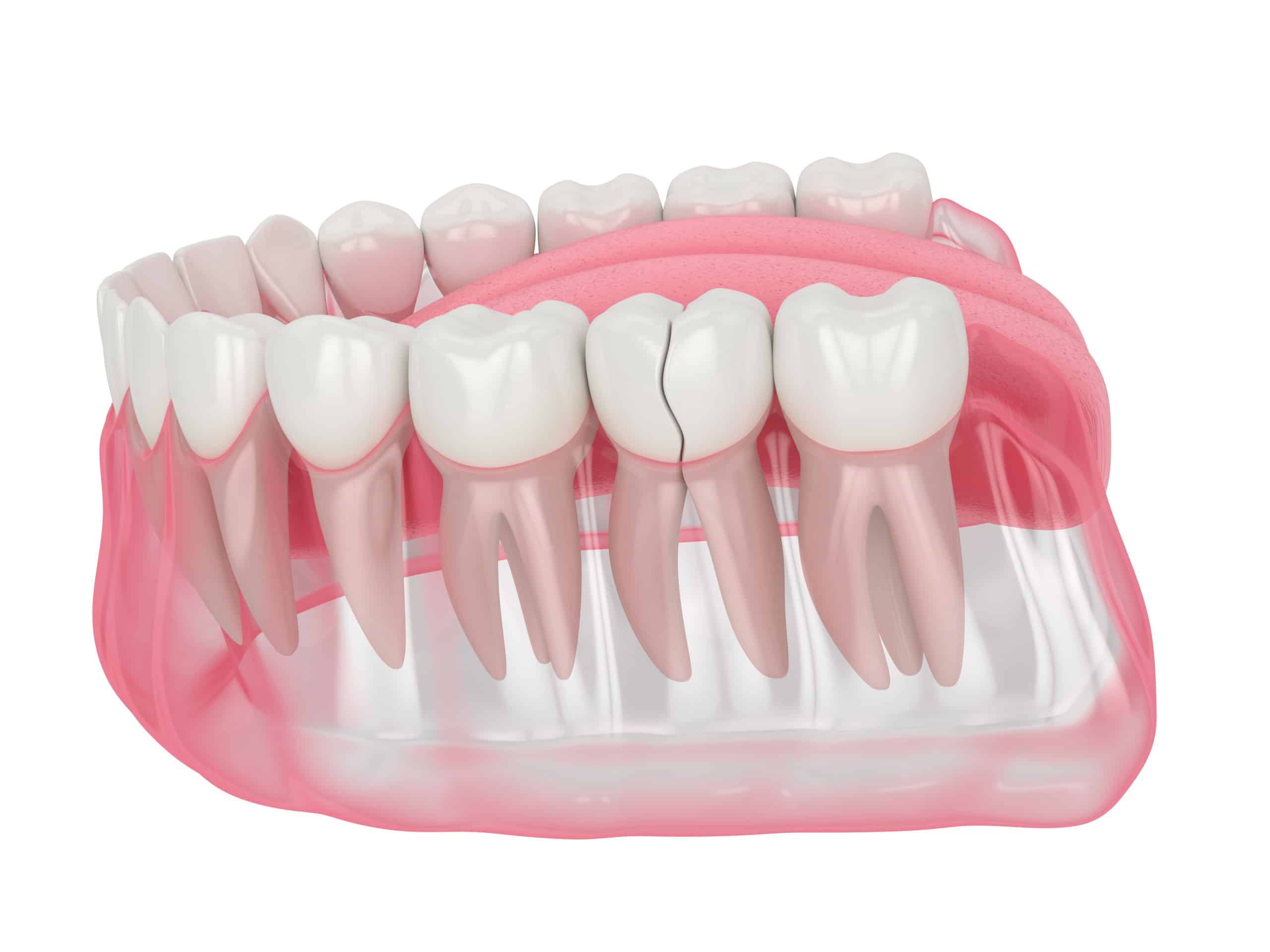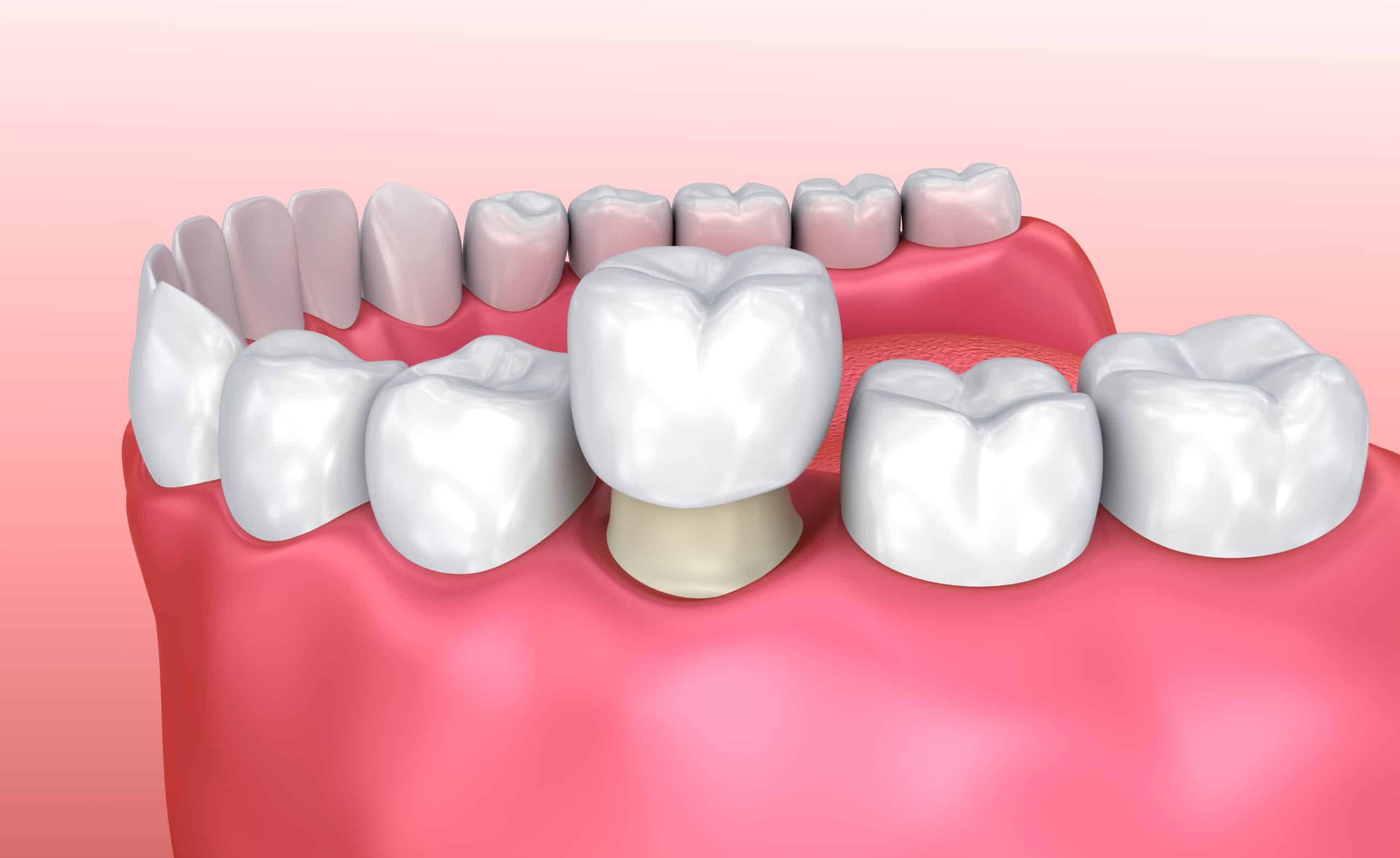Getting a chip in a tooth can be disheartening. Not only does it hurt but it looks terrible. Fortunately, a dentist can use a variety of methods to fix a chipped tooth.
The method your dentist uses depends on the extent of the tooth damage. Most people will require either bonding or filling although the most serious chip could require a root canal before repairing the damage.
Using Bonding
Bonding or filling to repair a chipped tooth works well if the chip is small or just some of the enamel. The method a dentist uses depends on which tooth is chipped too as there are some preferred methods for front teeth compared to back teeth.
A chipped front tooth usually requires bonding. Bonding uses a resin that is a tooth-colored composite that matches the rest of your tooth.
Numbing isn’t required to do bonding. It’s a simple procedure that takes around an hour to complete. The dentist will start by etching the tooth surface with a gel. It needs to be rough so the bonding composite attaches to it.
The dentist then puts on an adhesive and then the resin. After that, the dentist shapes the bonding to look like your natural tooth and you will need to sit under ultraviolet light to make it hard.
Bonded teeth are expected to last around 10 years but some bonding can last much longer. Some even last a lifetime.
Dental Crows and Caps
Those experiencing a larger tooth break can amount to more decay. In this case, the dentist will need to remedy the decay before they cover it with a crown or cap.
This process can take up to 90 minutes and could involve two visits if the dentist has to send off to have a crown or cap made. The first thing the dentist will do is take X-rays to see how badly the tooth is damaged. Then, a local anesthetic is used to numb the area. You will be awake during the procedure but won’t feel pain. You will feel some pressure as the dentist does the work.
The repair procedure starts with the dentist removing the infection and that could include a root canal or placing a post or pin in the canal. They could then build up the tooth structure to place the crown on later.
The dentist will eventually cement the crown over the post or pin.
Dentists will also file or grind some of the teeth down after removing the infection. A temporary crown or cap will be placed over the tooth until the permanent appliance can be made and shipped to the dentist’s office.
Crowns and Caps
Several materials are used for caps and crowns and the one you choose is mostly made because of its appearance. They can be made from metal like gold, or porcelain fused to metal, ceramic, or resin.
Each type has different advantages and disadvantages. The metal crowns are incredibly strong and will last the longest but are also the most visible. Crowns that are porcelain and resin look natural to the tooth but can chip and break more easily.
The general view is that gold or metal crowns and caps should be used on back teeth where people do most of their chewing. They are also recommended for those who grind their teeth. Porcelain and resin products are used for front teeth or more visible areas or on any tooth for those who have no additional problems.
During the procedure, the dentist will make an impression of the tooth to craft a cap. An impression will also be made of the tooth that will touch the chipped one when you bite down to make sure all fit correctly when the crown or cap is installed.
The old-fashioned way of making an impression is to use putty and many dentists still used that method because it’s reliable. However, new technology is available at many dentist offices that involved intra-oral scanners. Those create a digital impression that is sent electronically to a lab. That makes it much faster to create a crown or cap and get it shipped to the dental office.
The dentist will then install a temporary crown to protect the tooth until you get your permanent crown or cap. It’s important to remember the temporary crown isn’t as durable as the permanent one. You will need to be careful how you bite and use your mouth because a wrong or hard bite could loosen or damage it.
Getting the Permanent Fixture
It will take around two to three weeks to get a permanent crown or cap unless your dentist as on-premise technology to make the crown or cap there. Then, you can get it on the same day.
Veneers
Veneers are one of the more extensive methods to fix a chipped tooth. Typically, veneers are used for weak teeth or when a series of teeth have damage, although they can be used for a single tooth too.
A veneer covers the whole tooth with resin composite or porcelain. A thicker section replaces the area that is broken or chipped.
To install a veneer, the dentist will need to remove some of the tooth enamel so there is room for the veneer shell. An impression of the tooth is made and sent to a lab for the veneer to be crafted.
You will go back to the dentist a week or two later to get the veneer installed. The dentist will need to roughen the tooth with a gel so the veneer will stick to it. A cement is applied and the veneer is placed. Ultraviolet light is used to harden it.
Fixing a Chipped or Broken Tooth
It isn’t a problem to get a chipped tooth fixed but it could take a few days to get an appointment with the dentist unless the dentist offers emergency care. We do have emergency dental care so you can get to a dentist right away.
Yet, even with this, you will need to do some things to alleviate the pain until you get to the dental office. You can rinse your mouth with salt water and take an over-the-counter pain reliever like acetaminophen to reduce pain.
A chip or break that has a jagged edge could cut your tough so you should cover it with either sugarless chewing gum or some paraffin wax. Try not to eat until you get to the dental office but eat only soft foods if you must eat before seeing a dentist.
Calling a dentist immediately after chipping a tooth is important. They can instruct you on further things you can do to relieve any pain until you get to the office.






